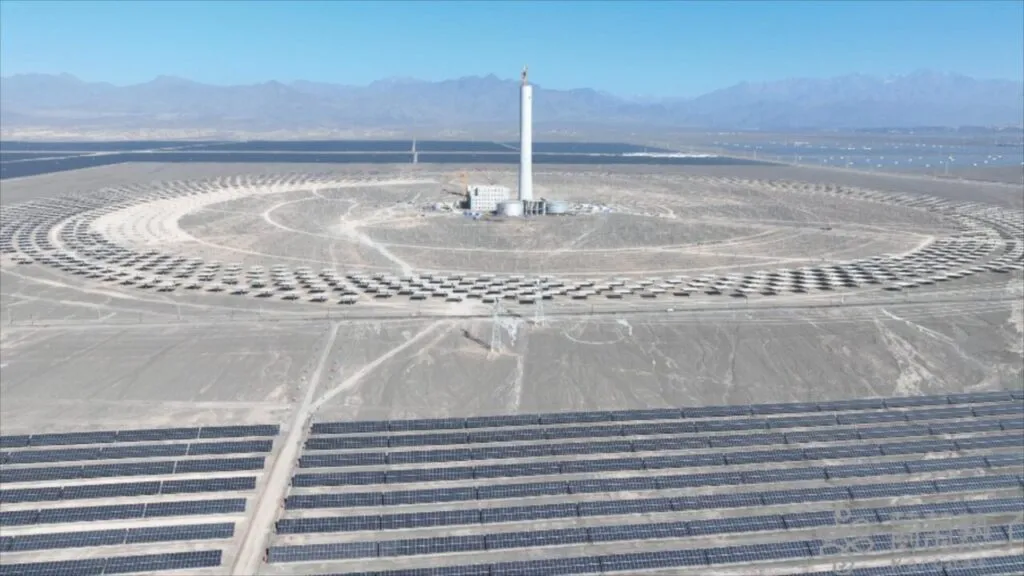In the vast, cold expanses of China’s “Three North” region, a groundbreaking study led by LIU Duxian from the School of Electrical Engineering at Xinjiang University is set to revolutionize the way we think about energy storage and carbon emissions in thermoelectric systems. The research, published in the journal “Power System Technology,” addresses the pressing need for flexible energy supply and reduced carbon emissions during the heating season, a period when thermoelectric coupling constraints often lead to inefficiencies and high carbon outputs.
The study introduces an innovative operation scheme that combines generalized energy storage—encompassing power storage, hydrogen storage, and flexible load—with carbon capture thermal power plants. This synergy aims to enhance the system’s flexibility and promote a low-carbon economy. “By integrating these technologies, we can significantly improve the energy supply’s adaptability and reduce the carbon footprint,” explains LIU Duxian.
The research builds upon the output model of thermal power plants equipped with carbon capture and heat storage devices. It delves into the mechanisms that enable low-carbon operation through the integration of thermal power plants with generalized energy storage. The study establishes mathematical models for each unit within the generalized energy storage framework, considering the uncertainty of wind and photovoltaic outputs. Using the K-means method, the researchers clustered typical output scenarios of wind-photovoltaic systems to build an optimization model. This model aims to minimize total costs, including the operation costs of thermal power plants, penalties for abandoning wind-photovoltaic energy, operation costs of generalized energy storage, and carbon transaction costs.
The findings were validated using the ipopt solver in the Matlab environment, demonstrating the proposed scheme’s economic viability and low-carbon benefits. This research holds significant implications for the energy sector, particularly in regions with similar thermoelectric challenges. By optimizing the operation of thermoelectric systems, the study paves the way for more sustainable and flexible energy solutions.
As the world grapples with the urgent need to reduce carbon emissions and transition to renewable energy sources, this research offers a promising pathway. It highlights the potential of integrating advanced energy storage technologies with carbon capture mechanisms to create a more resilient and environmentally friendly energy infrastructure. The insights gained from this study could shape future developments in the field, driving innovation and fostering a cleaner, more efficient energy landscape.
In the words of LIU Duxian, “This research is a step towards a more sustainable future, where energy systems are not only efficient but also mindful of their environmental impact.” As the energy sector continues to evolve, the integration of these technologies could become a cornerstone of low-carbon energy strategies worldwide.

